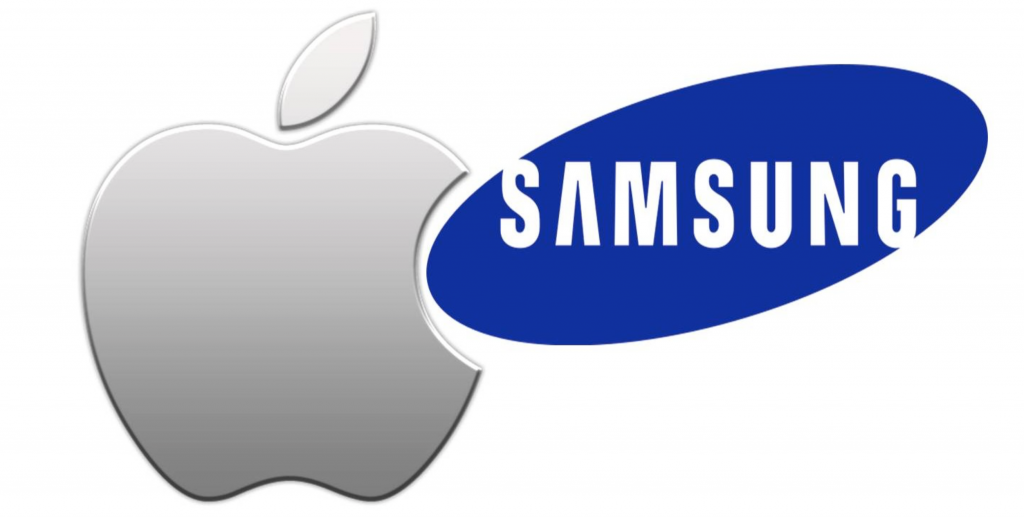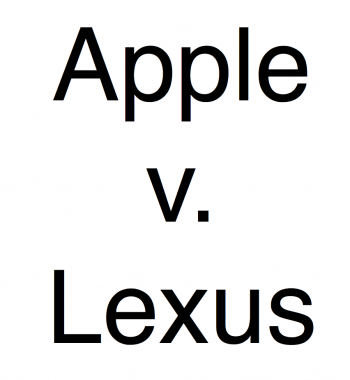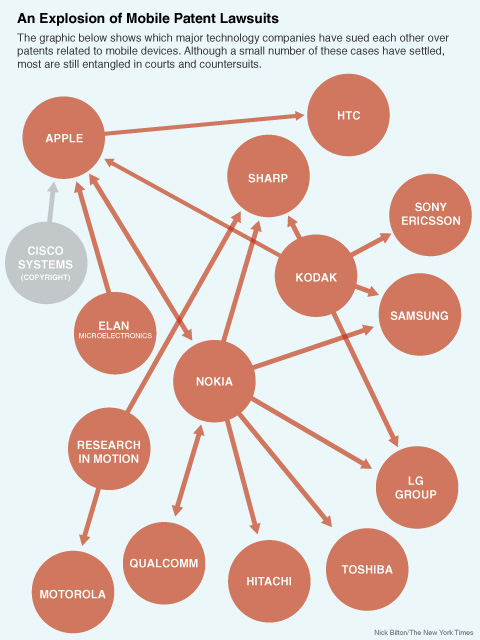After several decades when patents were handed out like candy, leading to a litigious free-for-all, the courts and Congress over the past few years have begun tightening the reins. This is important if we want intellectual property to promote real technological innovation, rather than frivolous legal entrepreneurship.
Among the signs of progress, the Supreme Court in December 2016 ruled 8-0 for Samsung, reversing a large $300 million award to Apple. In my view, the Court made the right call that the 19th century law governing design patents, which concern the look and feel of products, was being misapplied in a modern smartphone world.
On the heels of its victory, Samsung is now asking the Supreme Court to look at another patent squabble with Apple. This case concerns substantive questions of patent validity and infringement and also an unusual procedural question – both of which could have important implications for IP law.
In this case, Apple initially prevailed 2-1 in its charge that Samsung infringed three patents, which we’ll call:
- a 1996 “quick links” patent with “analyzer server” (‘647);
- a “slide to unlock” patent (‘721); and
- an “autocorrect” patent (‘172)
Upon appeal, however, the Federal Circuit ruled 3-0 for Samsung – finding that patent 1. was not in fact infringed and that patents 2. and 3. are invalid because they are obvious.
Apple requested en banc review by the entire court, but the parties did not hear from the court for six months. Until, suddenly, an en banc order was issued overturning the 3-0 ruling, without any hearing, briefs, or notice. Normally, a court will first announce it has taken a case en banc (or not), and later issue an opinion. In patent cases especially, there is usually further briefing and often a hearing. Court watchers were thus surprised by the unusual procedure (or lack thereof). All three judges from the 3-0 decision dissented with gusto, questioning the en banc review’s substance and procedural irregularities.
Samsung is thus returning to the Supreme Court, petitioning for cert on March 10. Getting the High Court to hear your case is always hard. They only take a small minority of those who ask. And the Court just decided a case with the same two litigants in December. On the other hand, the Court has been keen to reform patent law over the past few years, and its 8-0 decision in December reveals a likeness of mind to further the “patent reformation,” as I’ve called it. The High Court may want to clarify some of these utility patent questions like it did for design patents in the last case, as well as resolve the highly unusual en banc behavior, lest that court make it a habit. The strength of the three dissents by the 3-0 panel also makes it somewhat more likely they’ll take it.
In fact, FOSS Patents argues that
What’s ambitious about Samsung’s petition is that it raises three questions for review, covering the big three patent litigation questions:
· validity (here, obviousness),
· remedies (here, injunctive relief, which is always a more important issue than damages unless damages would really be devastating), and
· infringement (here, whether all elements of the relevant “quick links” claim were infringed).
If the Supreme Court granted all three, it would be the most comprehensive patent case ever before the top U.S. court, and the implications of a decision could, collectively, go beyond Alice.
Thus, if the High Court really wants to extend its recent efforts to improve patent law, this might be the case to do it.




